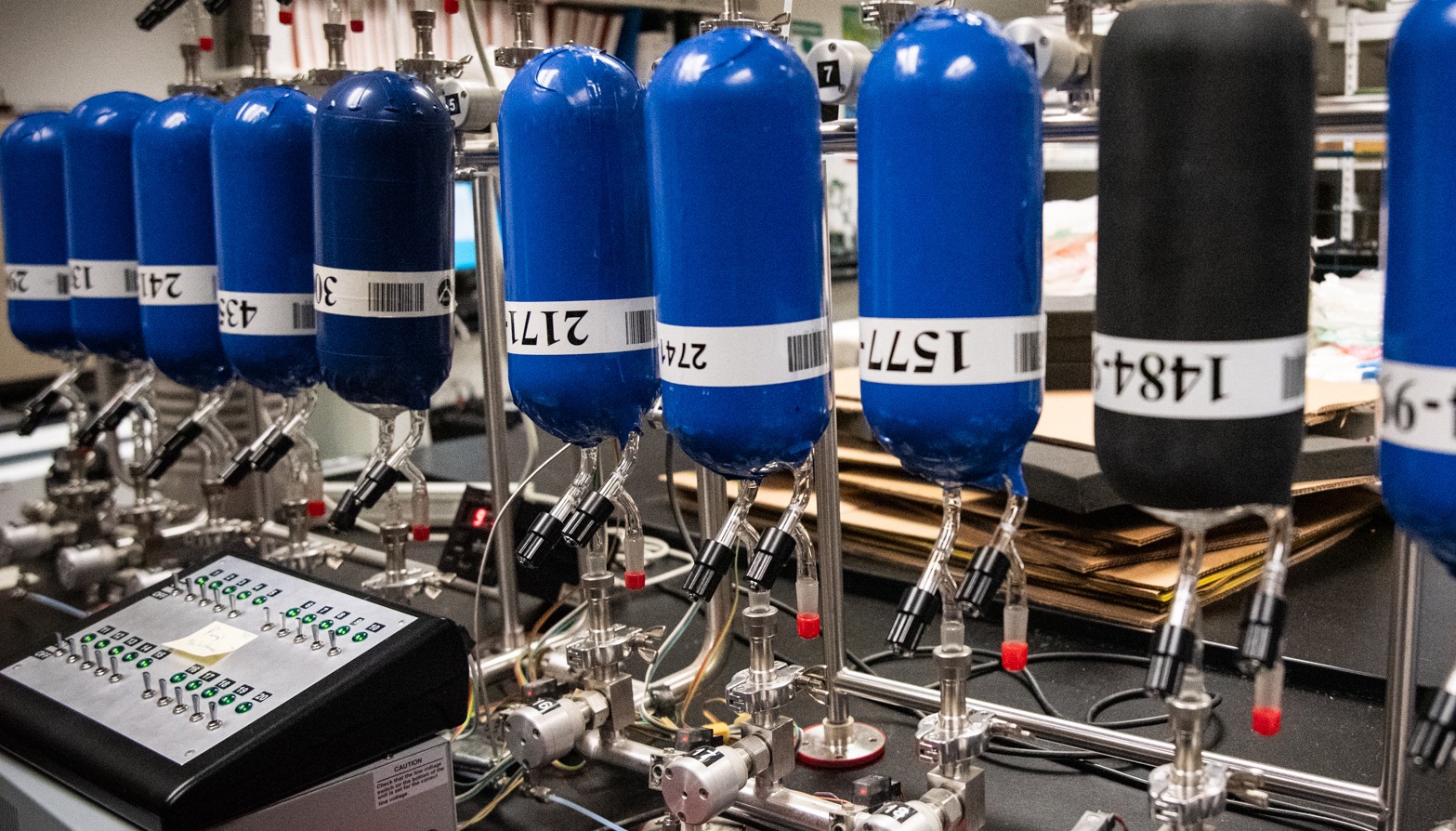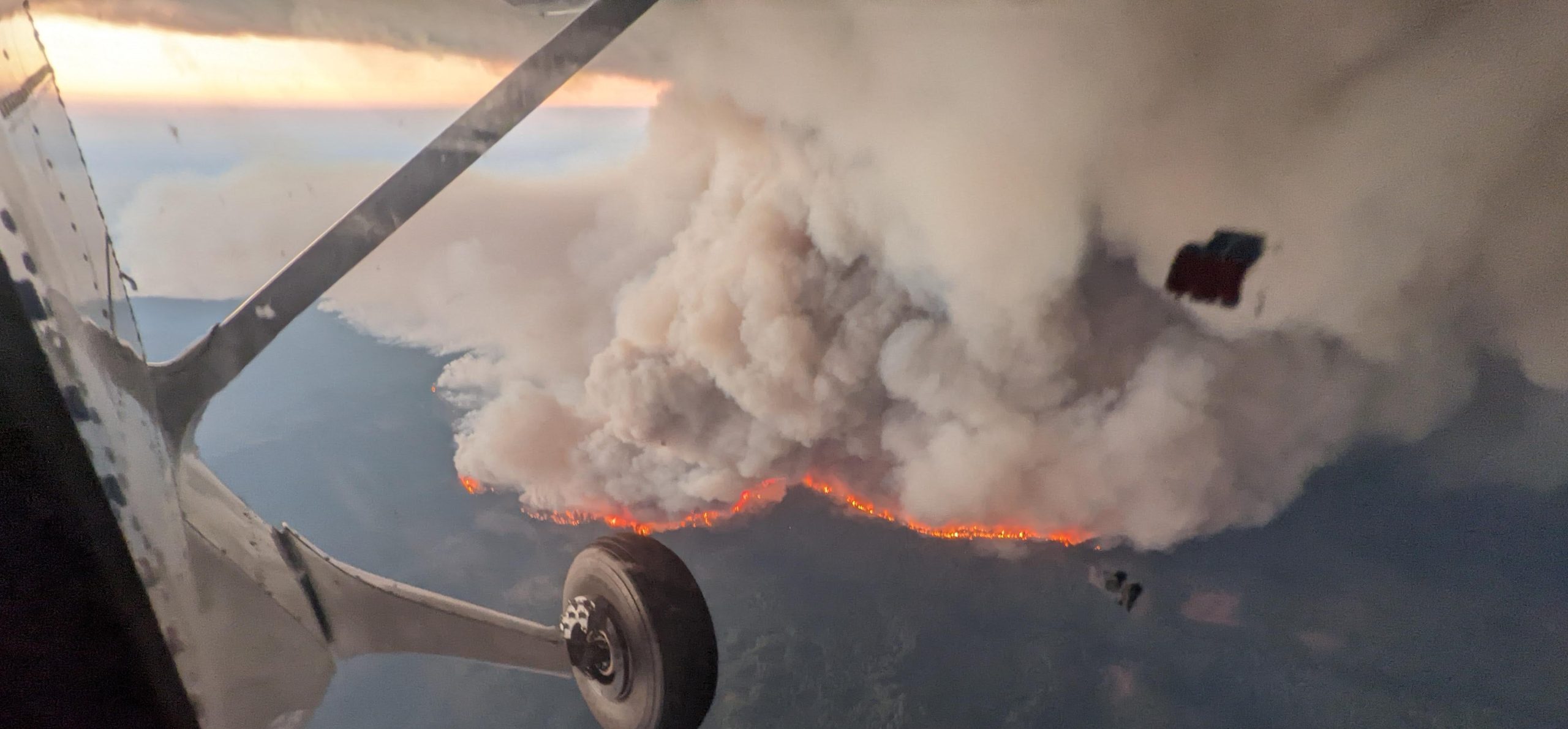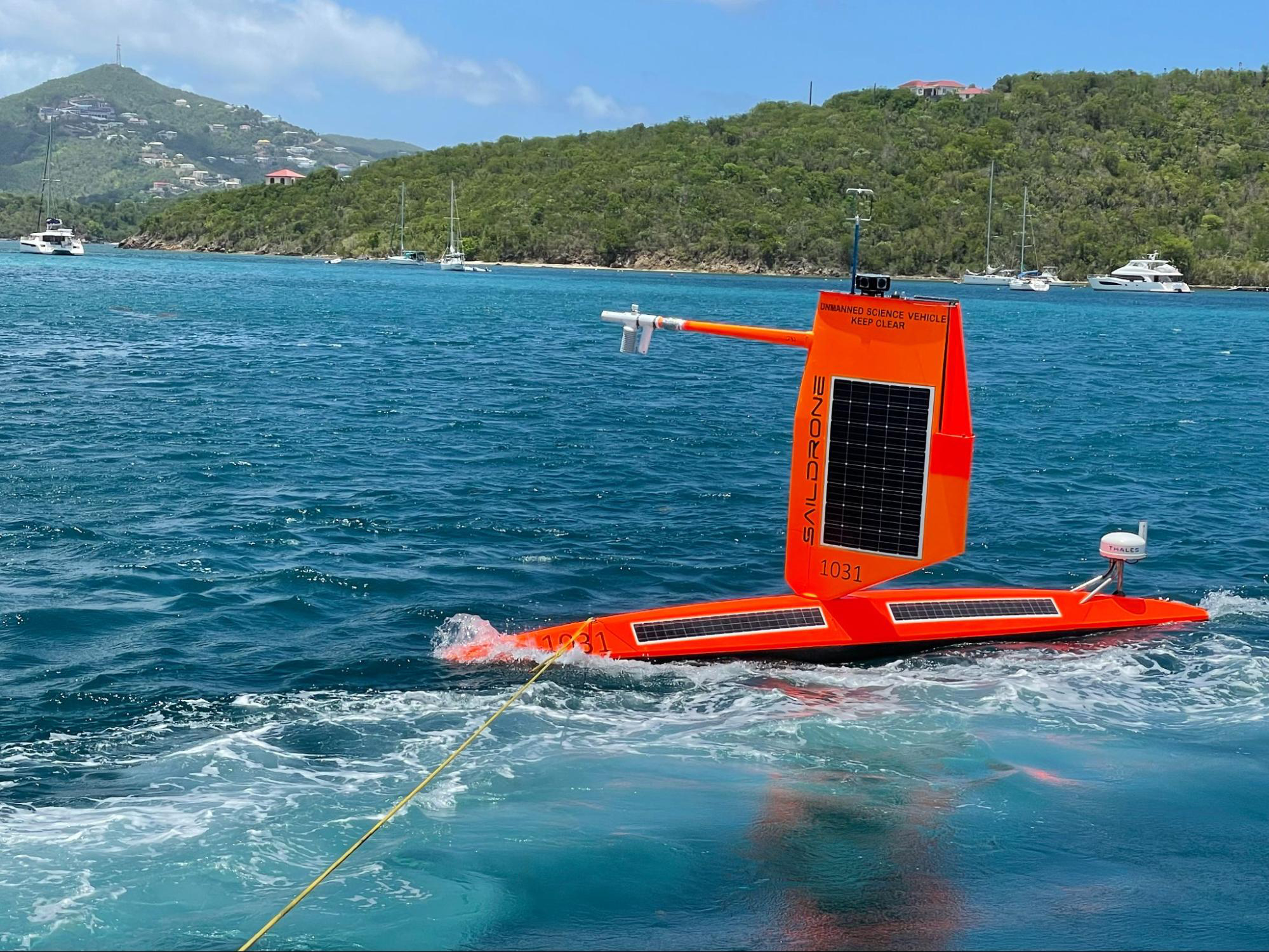New research that provides the most comprehensive calculations of aviation’s impact on the climate finds that global air travel and transport is responsible for 3.5 percent of all drivers of climate change from human activities.
The study, published in the journal Atmospheric Environment, evaluated all of the aviation industry’s contributing factors to climate change, including emissions of carbon dioxide (CO2) and nitrogen oxide (NOx), and the effect of contrails and contrail cirrus – short-lived clouds created in jet engine exhaust plumes at aircraft cruise altitudes that reflect sunlight during the day and trap heat trying to escape at night.
The findings show that two-thirds of the impact from aviation is attributed to contrails, NOx, water vapor, sulfate aerosol gases, soot, and other aerosols. The remainder is due to the cumulative heat-trapping effects of long-lived CO2 emissions – 32.6 billion tonnes between 1940 and 2018, or roughly the total global CO2 emissions for the year 2010.
The five-year research effort was led by the UK’s Manchester Metropolitan University in collaboration with numerous academic and research institutions across the globe.
Co-author David Fahey, director of NOAA’s Earth System Research Laboratories in Boulder, Colorado, said the research strengthens the scientific foundation for understanding the role of aviation in climate change.
“Our assessment will aid decision makers and the industry in pursuing any future mitigation actions, while protecting this important sector from any inaccurate assertions concerning its role in the climate system,” Fahey said.
The study presents the complete first set of calculations for aviation based on a new metric introduced in 2013 by the Intergovernmental Panel on Climate Change called ‘effective radiative forcing,’ or ERF. ERF represents the increase or decrease in the balance between the energy coming from the sun and the energy emitted from the Earth since pre-industrial times.
Using the new ERF metric, the team found that while contrail cirrus has the largest climate warming impact, it is less than half that previously estimated. The effects of CO2 emissions generated by aviation last for many centuries, and represent the second largest contribution. Approximately half the total cumulative emissions of CO2 were generated in the past 20 years.
“Given the dependence of aviation on burning fossil fuel, its significant CO2 and non-CO2 effects, and the projected fleet growth, it is vital to understand the scale of aviation’s impact on present-day climate change,” said lead author David Lee, professor of Atmospheric Science at Manchester Metropolitan University and Director of its Centre for Aviation, Transport, and the Environment research group.
Lee said that estimating aviation’s non-CO2 effects on atmospheric chemistry and clouds was a complex challenge. “We had to account for contributions caused by a range of atmospheric physical processes, including how air moves, chemical transformations, microphysics, radiation, and transport.”
The new study will allow aviation’s impact on climate change to be compared with other sectors such as maritime shipping, ground transportation and energy generation as there is now a consistent set of estimates.
This story was adapted from a press release issued by Manchester Metropolitan University.
For more information, contact Theo Stein, NOAA Communications, at theo.stein@noaa.gov.



